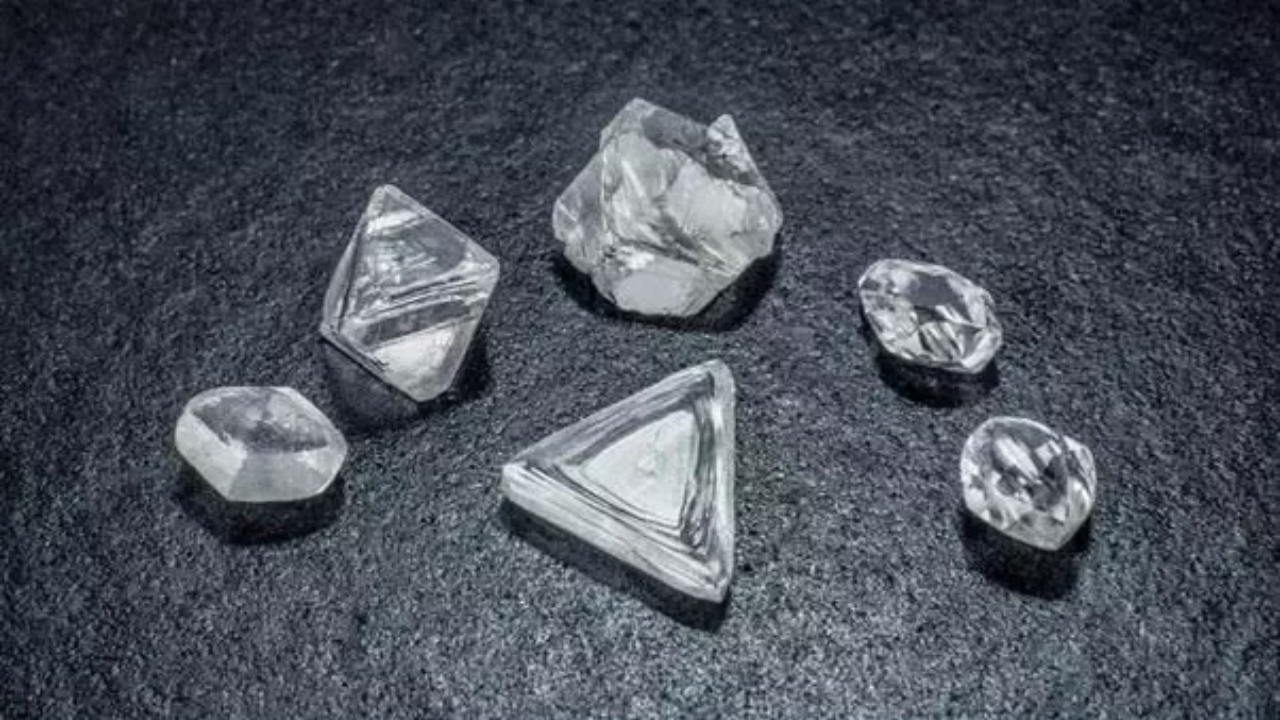
Wide variety of options available, from natural and lab-grown diamonds to various crystals, distinguishing between these stones can be daunting for those unfamiliar with gemstones. Here are some key ways to identify the differences between diamonds and crystals.
Crystals, famously offered by Swarovski, are celebrated for their luxurious look and exceptional craftsmanship. They are meticulously cut and often treated with chemical coatings to create a range of vibrant colors. While stunning and high-end, they do not compare to the natural beauty of diamonds.
About Diamonds
Diamonds are naturally occurring gemstones created deep under the Earth’s crust under high pressure and heat. Their unique structure consists of strong covalent connections between carbon atoms, making them very hard and durable, with a Mohs hardness grade of 10.
More crucially, diamonds are graded based on color, cut, clarity, and carat weight, with certification offered by prestigious gemological organizations such as the GIA (Gemological Institute of America).
Origins of Crystal
Crystals are formed by a process known as crystallization, in which atoms arrange into a lattice structure as the liquid cools. Unlike diamonds, crystals come in a variety of forms and sizes, held together by weaker van der Waals interactions between atoms, resulting in various levels of hardness.
Ability to reflect light
Diamonds are well renowned for their propensity to strongly reflect light due to their closely bound carbon atoms, resulting in a brilliant brightness. Crystals, on the other hand, may exhibit secondary colors and have reduced light reflection properties.
Durability
Diamonds outperform crystals because of their better hardness. This makes them a durable option because they are resistant to scratches and fracture. Crystals, while still suitable for daily usage, are more prone to damage.















